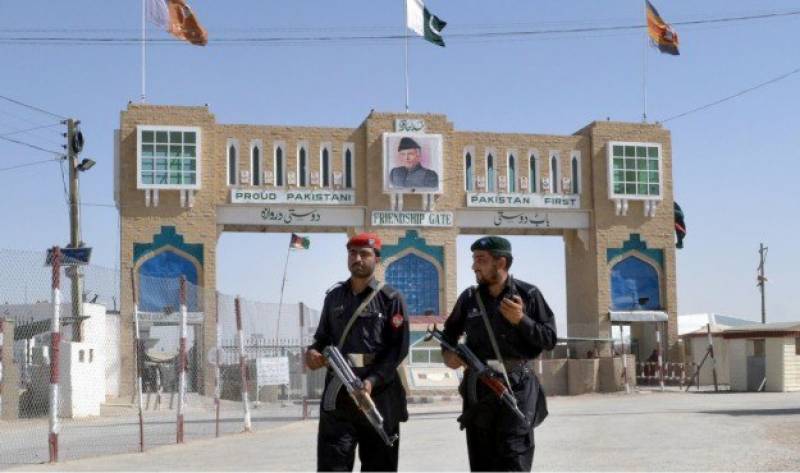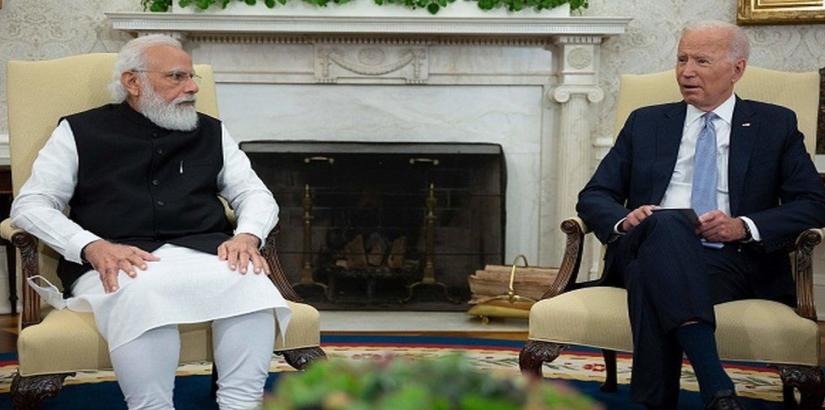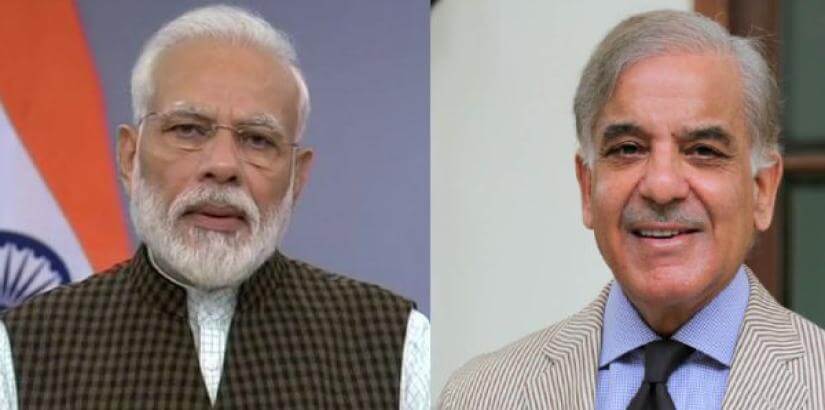Hamayun Khan
With the Taliban returning to power, the volume of Afghanistan’s trade with Pakistan has surged, with Kabul exporting less and importing more. On the other hand, the volume of Afghanistan’s trade with India has decreased, resulting in a sharp decline in exports to India, which include mostly dried fruits. This has pushed up the price of Afghan dried fruits in India. This shows how the India-Pakistan political rivalry in Afghanistan affects their economic rivalry.
The India-Pakistan row is going to be more visible as the pro-Pakistan Taliban rules Kabul. However, Afghanistan can protect itself from Pakistan’s economic stranglehold through better financial and economic alternatives.
Pakistani rupee vis-a-vis afghani
Pakistan has decided to conventionalize the rupee as the de facto currency for Pakistan-Afghan bilateral trade. Pakistan took this decision after the Taliban takeover of Kabul. Pakistan’s Finance Minister Shaukat Tarin said such a decision was made to help save Afghanistan’s dollar reserves. The decision, if put into practice, could increase the value of the Pakistani rupee against the afghani (Afghanistan’s currency) because the demand for the Pakistani rupee in the Afghan market is likely to rise. As a result, the rupee may again replace Afghani, and the afghani’s value will drastically fall – as was done in the 1990s during the civil war followed by the Taliban’s rule.
Second, will the United States unfreeze the Afghan dollar reserves sans proper financial management by the Afghan authorities and rigorous supervision by the international community? Currently, the Taliban lacks technical staff as many highly qualified Afghans fled after the collapse of the elected government in Kabul. At this time, the flow of funds to Afghanistan will only favor Pakistan as Islamabad is having direct or indirect political and economic control over the Taliban administration.
Besides, the Afghan market has Pakistani products the most and Pakistan remains Afghanistan’s major trade partner. Thus, the flow of funds to Afghanistan will benefit Pakistani producers and exporters. Again, the Afghani may lose its value against Rupee, with Pakistani products taking over the Afghan market. This could also create a space for unofficial dollarization. Unofficial dollarization in Afghanistan happens due to the unrestricted use of foreign currencies in most of the money markets.
Third, will the Taliban adopt a biased trade policy with other major trade partners, especially India? The India-Pakistan rivalry for a strategic foothold in Afghanistan destabilizes the already shaky Afghan economy. The Taliban needs to leverage this rivalry for the country’s economic development as both India and Pakistan try to assert economic influence in Afghanistan. However, this could be creating a scenario where Pakistan may have comparatively more influence due to its political influence on the Taliban. This may increase Afghanistan’s economic dependence on Pakistan.
Trade discrepancy with India, Pakistan
One significant reason is the discrepancy between Afghanistan’s trade with India and Pakistan. Afghanistan has a higher rate of imports from Pakistan than exports. Afghanistan’s exports to Pakistan are worth $179.23 million in fiscal 2020-21 and was $122 million in 2019. Afghanistan’s imports from Pakistan were worth $890 million in 2019 and rose to $983.29 million in fiscal 2020-21. The volume of Afghanistan’s exports to India in 2020-21 at $509 million is higher than its exports to Pakistan. Imports from India are also higher ($1,247 million in 2019, $835 million in 2021).
With Pakistan’s built-in political dominance of Afghanistan, the economic control can only get stronger. Perhaps this dominance may last long if not proactively averted. As a result, with its controversial introduction for Pakistan-Afghan trade, the rupee will be used as a medium of exchange in the Afghan market. Overall, Pakistan will take control of the Afghan market, through which they could also route to the South Asian markets, which will help the country stabilize its troubled economy.
Pakistan has already leveraged its location by playing a double game in convincing regional and international powers to financially help the country fight terrorism.
Reducing dependence on Pakistan
The Taliban requires pondering on ways to avoid economic dependence on Pakistan basically in three conceivable contexts.
First, imposing tariffs and quotas based on a policy framework on goods imported from Pakistan, which could be a timely alternative to confine the Afghan market for Pakistani products. Instead, Afghanistan could increase its trade partnership with India and China, mainly to balance the trade discrepancy created by lowering the import rate from Pakistan. This way the Afghan domestic production will gain momentum, as consumers will start purchasing and consuming domestic products more.
However, this will cause inflation to ramp up and lead the domestic consumers to suffer as imported goods cost less than those produced domestically. But this nuisance can be prevented by increasing imports from Afghanistan’s other trade partners and providing space for foreign direct investments and foreign aid-driven developmental projects.
Second, the creation of job opportunities. This can happen with mainstreaming entrepreneurship, focused on the private sector to come on the ground. Additionally, designing a framework to facilitate an unbiased trade policy with Afghanistan’s major trade partners, especially India.
Third, reduction of tariffs and resumption of trade with China and India via air corridor – which was initiated by the previous government and halted after the Taliban’s takeover.
Overall, Pakistan’s overweening political and economic influences are perilous for Afghanistan’s future. However, this can be averted by Kabul adapting better economic strategies.South Asia







